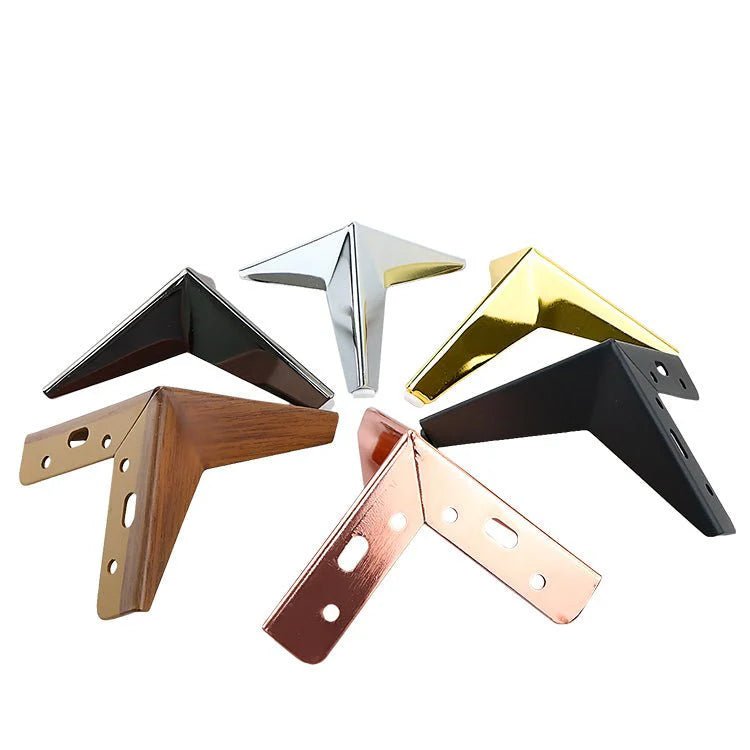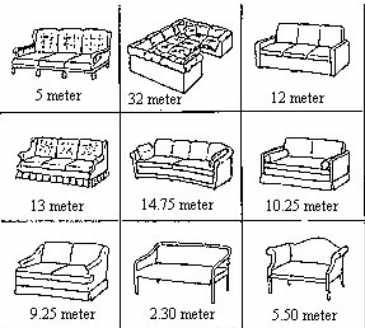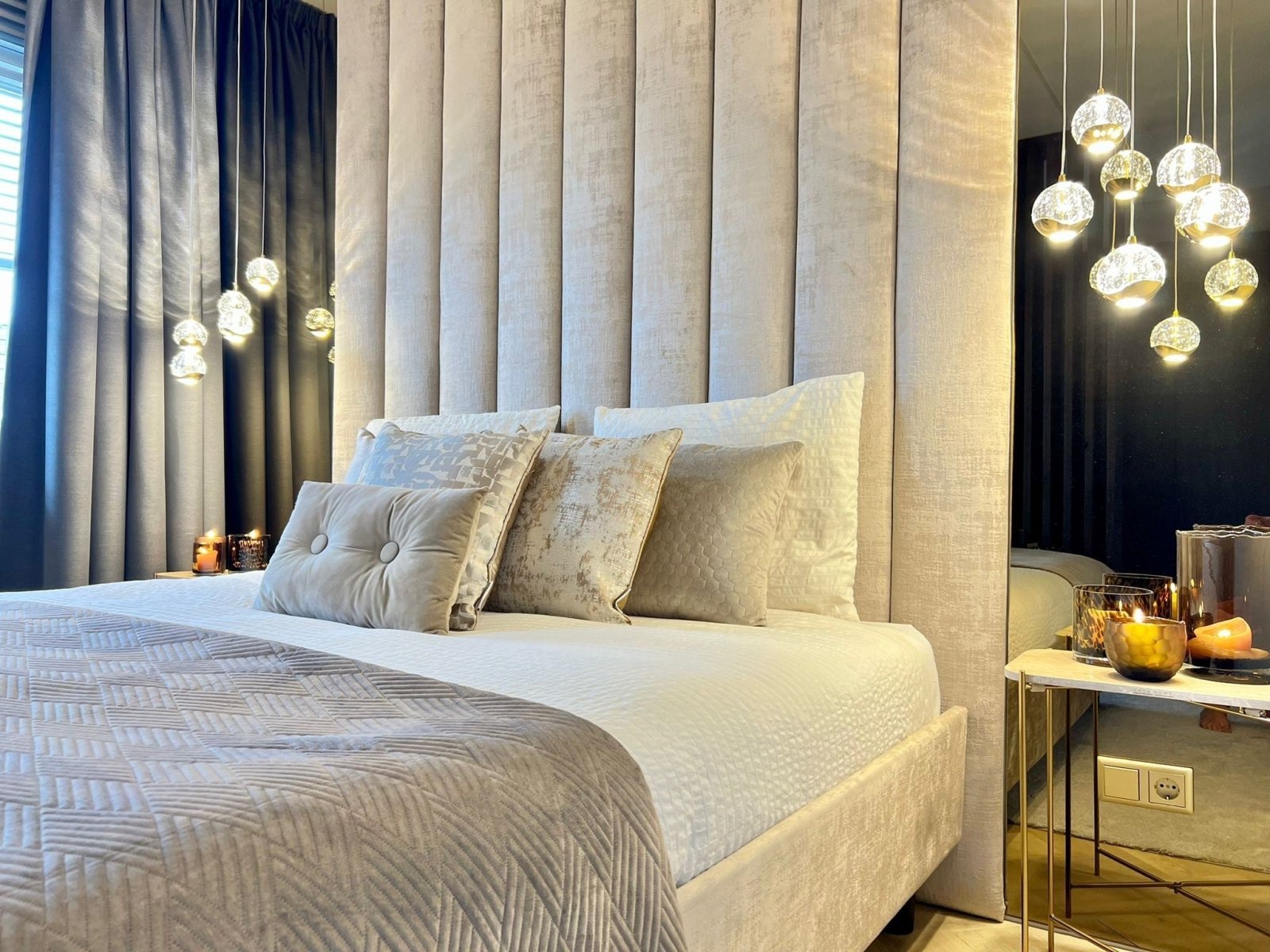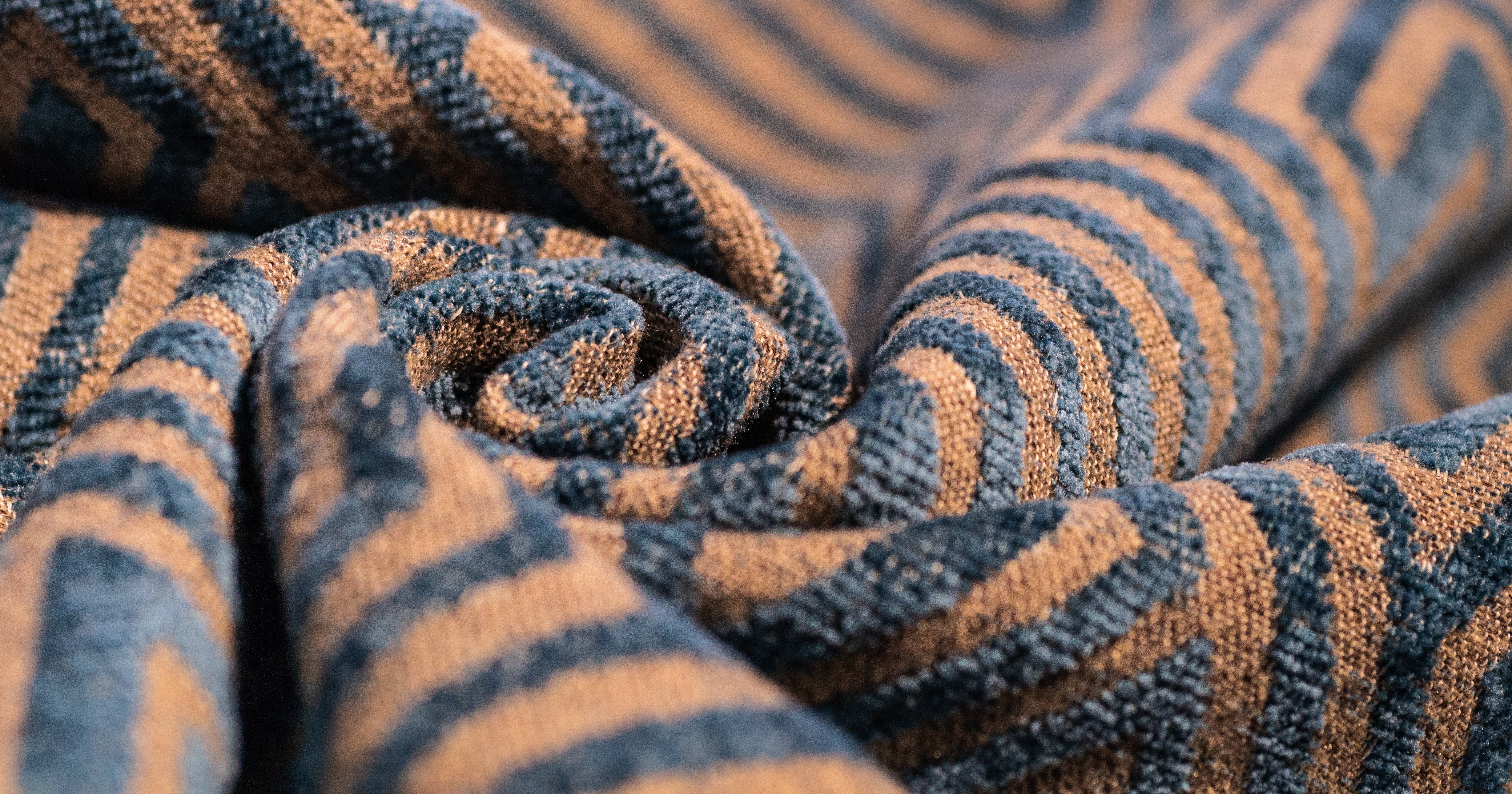Furniture legs are an essential part of furniture. They not only provide stability and support,

But also contribute to the appearance of your furniture. In this blog we discuss furniture legs of plastic and iron, as well as the different ways to confirm them.
Plastic furniture legs
Plastic furniture legs are lightweight and therefore easy to move and install. They are available in all shapes, colors and styles, so you always find something that matches your interior. A big advantage of plastic legs is that they are resistant to moisture and do not rust, which makes them ideal for outdoor furniture.
Plastic furniture legs are generally cheaper than metal legs and easy to attach. This makes them suitable for all kinds of furniture, from chairs to small tables. A disadvantage is that they are less strong and can bear less weight than metal legs. Moreover, they can look less luxurious than, for example, iron or wooden legs.
Iron furniture legs
Iron furniture legs are strong and robust, perfect for heavy furniture such as dining tables and beds. They have a long service life and can radiate different styles, depending on the finish. Whether you want an industrial, modern or classic look, iron legs often fit perfectly.
Although iron legs are more expensive and heavier, making them more difficult to move, they offer a lot of stability and sustainability. A possible disadvantage is that untreated iron can rust, especially in humid environments, so a good finish is important.
Mounting methods
There are two main methods to attach furniture legs: with thread and with screws.
Thread confirmation uses a built -in thread in the leg that you turn in a matching holder or nut in the piece of furniture. This ensures a sturdy attachment and makes it easy to tighten and loosen the legs, which is useful when moving or dismantling furniture. However, placing the right inserts can require some precision and extra costs.
Screw -mounting Works by directly attaching the leg to the piece of furniture. This is a simple and direct method without needing special parts. The disadvantage is that it can be a little less stable and the screws can be visible, which can influence the appearance.
Installation tips
For thread fixing you drill a hole and place the insert in the piece of furniture. Then turn the leg in until it is firmly stuck. Always check if the leg is straight and stable.
With screw attachment you place the leg in the desired location and mark the screw holes. Drill small holes to prevent splitting of the wood and then screw the leg tightly. Also check here whether everything is stuck properly and the leg is stable.




